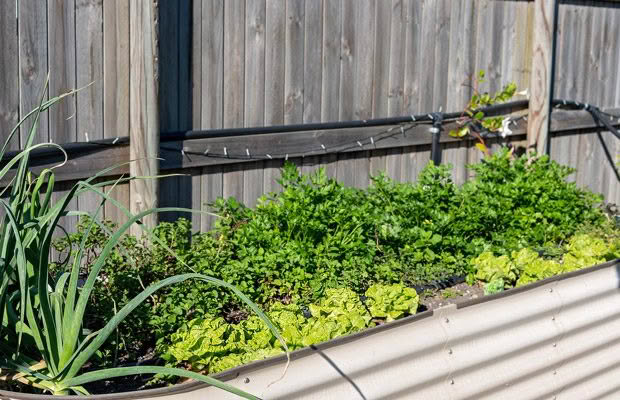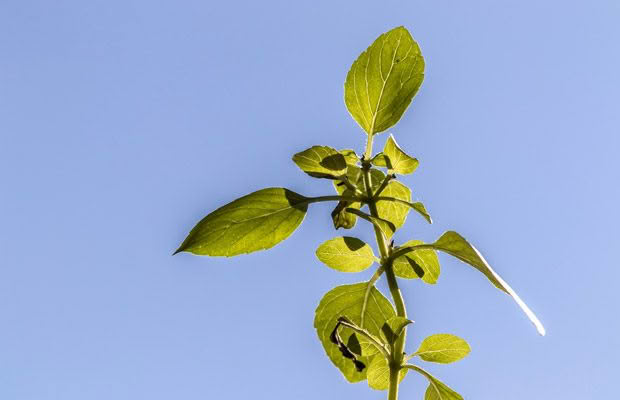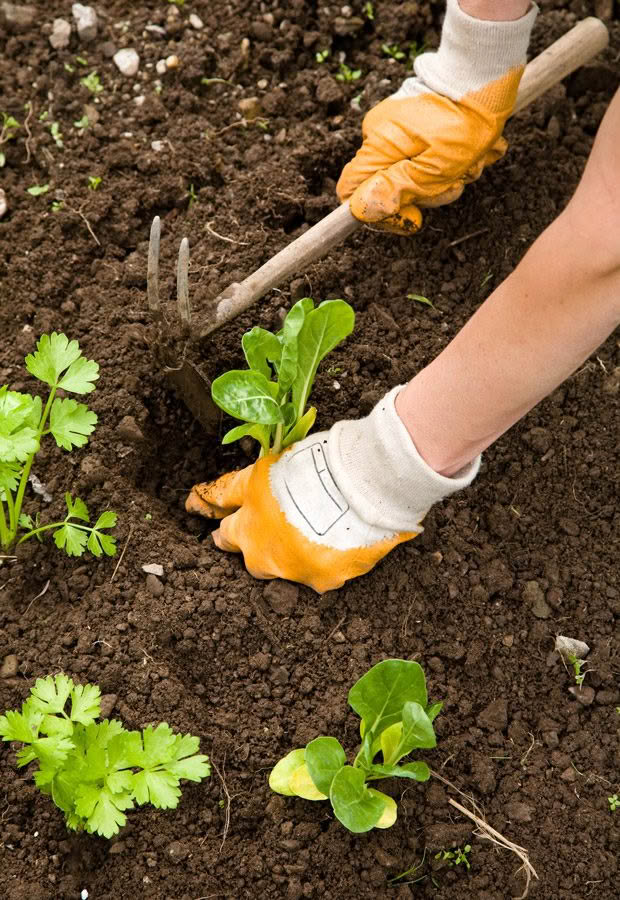9 warm-weather tasks for the garden in February

No amount of heat can stop one’s dedication to the garden.
Words: Jane Wrigglesworth
1. Sow caraway seeds. Caraway is best sown in the cooler months of spring and early autumn. If you’ve saved seeds from homegrown plants, sow them fresh in autumn directly into your garden in a sunny spot, then cover lightly with soil.
Caraway is biennial. In its first year, it grows about 20cm high; in their second year, plants send up branching stems to 60cm high. They flower in early summer, then go to seed.
2. Sow radish, lettuce, and spring onions directly into garden beds.

3. Harvest fennel seeds as soon as the seed heads change from yellow-green to brown. Snip off a seed head and place it in a paper bag.
Put the bag in a warm, dry room and allow the seeds to dry completely. While still in the bag, shake the seed head to dislodge the seeds, then store them in an airtight container to use for cooking, and to sow in spring.
4. Sow carrots, parsnips, beetroot, swedes, and turnips directly. Avoid compost or manure-enriched soils as it encourages forking.

5. Sow celery for transplanting in March. Celery grows better in the cooler months (autumn and spring). If you plant seedlings now, you may need to provide some shade during the hottest part of the day.
Water regularly and evenly when planted out – insufficient water leads to small and bitter stalks.
6. Sow seeds or plant silverbeet seedlings in soil enriched with compost, well-rotted manure, or blood and bone. Silverbeet does well in fertile soil.
7. Sow brassicas such as kale, broccoli, cabbage, Brussels sprouts (for cool areas) etc in trays for planting out in March. Brassicas don’t like temperatures over 25°C. In warm regions, delay planting until later, or keep plants shaded.

8. Towards the end of the month, sow spinach for a winter supply. To initiate germination, place the seeds in a dish of water and soak in the refrigerator for two days. Sow in rich, free-draining soil.
9. Plant garlic chives. Unlike common chives, the leaves of garlic chives remain green throughout winter. The two are easy to distinguish: the leaves of garlic chives are wide and flat; common chives are round and hollow. Plant in free-draining soil in full sun (or light shade in the north). Incorporate plenty of compost or well-rotted manure before planting.
MORE HERE
 This article first appeared in NZ Lifestyle Block Magazine.
This article first appeared in NZ Lifestyle Block Magazine.
